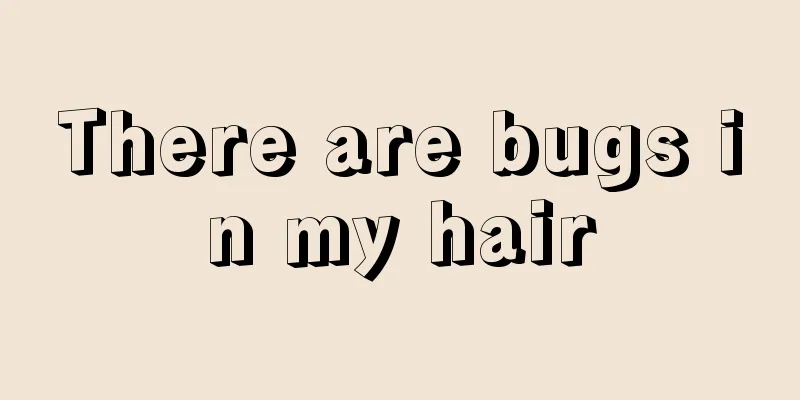Hair dyeing in hot weather causes skin diseases

|
In hot weather, the human body's sweat glands and sebaceous glands are open, and the chemical components in hair dye are more easily absorbed, causing irritation reactions, while excessive sweat will make allergic skin more prone to bacterial growth. There are two reasons why frequent hair dyeing in hot weather is dangerous: First, no matter how high-end the hair dye you use in hot weather, it may damage your hair and skin. People sweat a lot in hot weather, and their sweat glands, sebaceous glands, etc. are always in a tense working state, which increases the chances of external stimuli entering the skin. In this case, the chemical ingredients in the hair dye are more easily absorbed into the body through the skin. The scalp is the part of the human body with the most and densest hair follicles. Once the dye comes into contact with the scalp, chemical toxins can enter the human body through these channels. Even if the hair dye does not come into direct contact with the scalp, the chemical components evaporate and the gases formed can still enter the human body through the hair follicles. After the toxic chemicals in hair dye enter the human body, they need to be metabolized by the liver and kidneys. Long-term and repeated inhalation will cause damage to liver and kidney function. Second, in hot weather, the large amount of metabolites in sweat will make allergic and inflamed skin more prone to bacterial growth. Skin inflammation caused by hair dye is often manifested by redness, swelling, erosion, discharge, itching and pain in the irritated area. Medical experts recommend that you should try to avoid dyeing your hair in hot weather, and the less often you dye your hair the better, preferably no more than twice a year. If you really want to dye your hair in hot weather, people with allergies should do a skin test before dyeing their hair. Apply the hair dye on the skin behind the ears. You can dye your hair only if there is no adverse reaction within two days. Use permanent hair dye sparingly, as the darker the color, the more toxic it is. After dyeing, the hair should be thoroughly cleaned to remove as much chemical residue as possible that has not yet penetrated the hair. Never use inferior hair dye. Never dye your hair when your scalp is damaged to avoid infection and suppuration. |
<<: Seven bad habits will make your hair turn into baldness
>>: Magical method to lose weight and tighten muscles
Recommend
What is the main function of the filter?
I believe that everyone has come into contact wit...
Do you know what the early symptoms of cervical cancer are?
Cervical cancer is one of the most common cancers...
There is a small lump in my chest, what's going on?
Pimples may appear in many parts of the human bod...
Causes of blackening of nail edges
The health of the body is related to many factors...
Are nighttime dental braces useful?
Nowadays, many people's teeth are not very st...
Does dried jackfruit cause internal heat?
Dried jackfruit is very common, and there are man...
What are the special issues in treating kidney cancer
Kidney cancer originates in the epithelium of the...
Does rapeseed oil cause inflammation?
Rapeseed oil is oil extracted from rapeseed. It i...
What medicine should I take for bloating? It turns out these medicines are effective for bloating
Stomach bloating is a condition that people often...
How long does it take from gastric ulcer to gastric cancer
Gastric ulcer is a common disease. Studies have f...
The structure of the human stomach
The stomach is the most important digestive syste...
Is lymphoma contagious?
For diseases like lymphoma, only timely detection...
What to do if you get poisoned by coal smoke
Although more and more people are choosing to use...
Are you at high risk for pancreatic cancer?
The cause of pancreatic cancer is still unknown, ...
There is a fleshy weight growing outside the anus_What is the fleshy weight growing outside the anus?
Hemorrhoids are a very common anorectal disease i...









